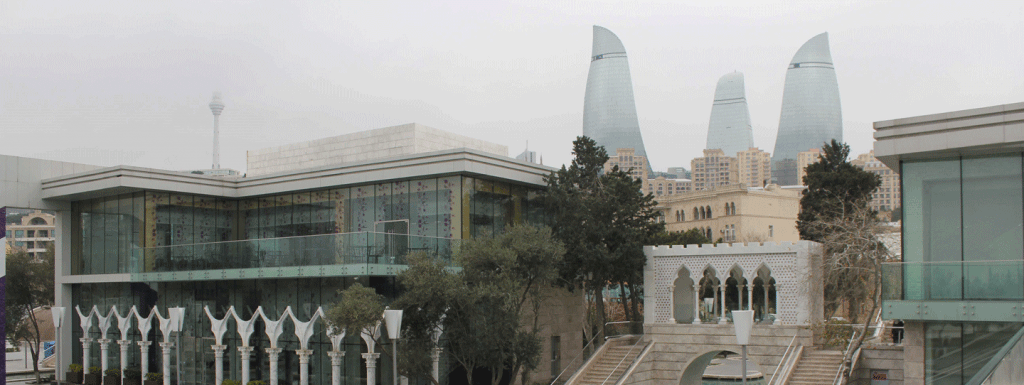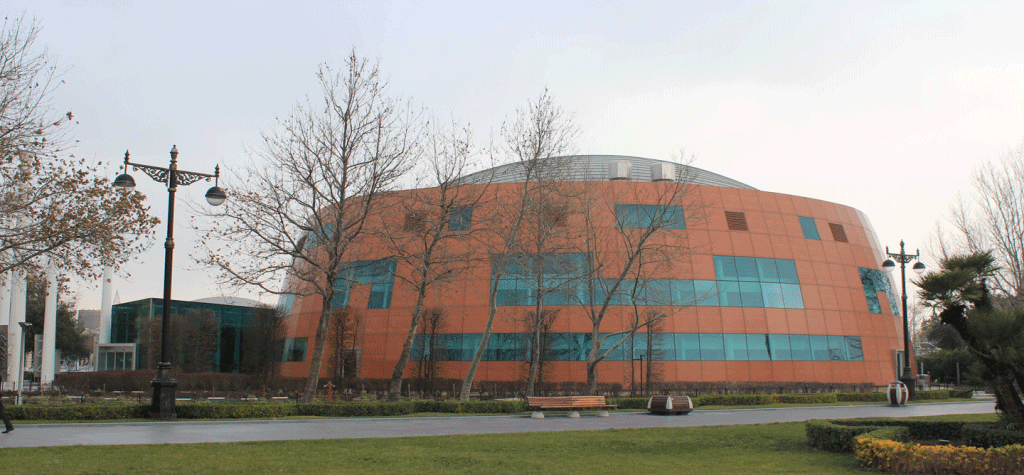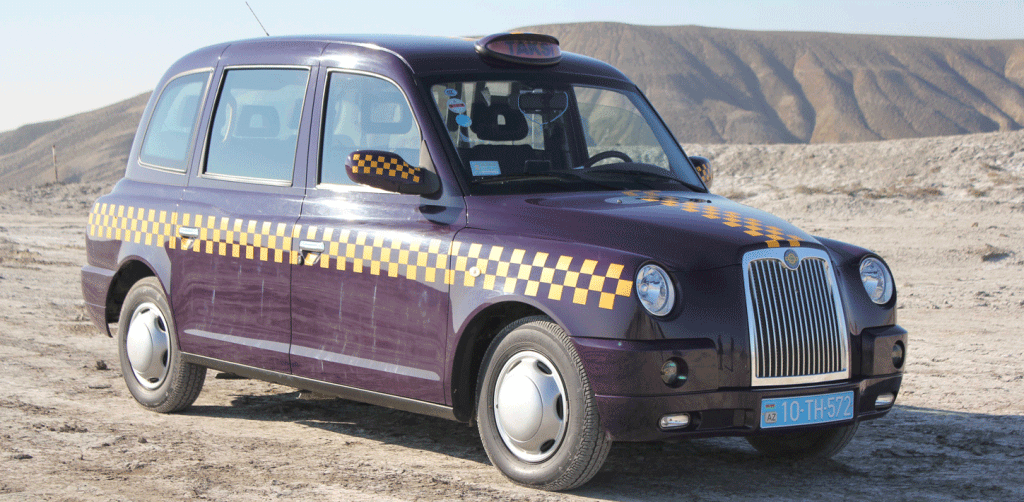
PUBLIC HEALTH, POLICE & TRANSPORTATION
Public Health
Historically, the public health system in Azerbaijan was regulated based on an economic friendly one-way administration. Medical facilities were funded based on numbers of beds in hospitals, medical staff and subjective reasons. Standards of health and sanitary were based on union standards across the whole of the USSR. Consequently, local standards of living and ethnicity of regions were not taken into consideration.
As time passed, administrative management improved and qualitative indicators were considered. As such,great improvement to public health care followed. The funds that were assigned to public health also began to be spent. This led to an increase in the number of new medical workers (rather than the building new facilities), obtaining new technologies and equipment and improving personnel practical skills.
Due to the marxist ideology of the USSR, the system at the time actually viewed a person, not as an individual with the right to choose a medical specialist and facility but as an object of a public health care system.
Despite the changes in administration, it was evident that the declared humanistic values and aims reached for could not be achieved in separation from economic methods following their own rules. Unfortunately, the resources of the public health care system in Azerbaijan were continuously exhausted and thus ineffective.
Healthcare After Soviet Rule
After the collapse of the Soviet Union and resulting destruction of economic relations between its states, modifications in Azerbaijan’s economic and political system followed. Fundamental reforms in economics, social life public health care were required to cope.
Furthermore due to the military operations there was approximately 1 million refugees and internally displaced persons. The influx of IDPs, disorganised settling and social crisis, the health care system faced an unprecedented crisis of its resources. It was unable to deliver even the most basic medical and sanitary care to the population.
When Heydar Aliyev came to power in the mid nineties, the health care system’s problems were reviewed and amended. Work with a number of global aids, including, UNICEF and the United Nations’ Children Population fund, was done. Reforms and improvements stemmed from professional analytical work and a new public health-care network being formed on the basis of Azerbaijan as a country.
Factors that were bought to light included social and economic factors of specific districts. It should be noted that Azerbaijan had recently been through treacherous displacement and war during the fall of the soviet regime. In response, refugees were taken care of and new social care compensations administered for those who had suffered. These changes form the structure of Azerbaijan’s healthcare today.
Today’s Healthcare In Azerbaijan
Recent economic growth over the past 15 years has allowed for Azerbaijan to create a sustainable health solution. Statistics show that Azerbaijan now has 750 hospitals across its districts, with over 25,000 fully trained doctors. The country also has a polyclinic walk in system much like the UK’s. There are 1500 of these across the country.
A long term development strategy is to bring the level of medical aid to world standards. This relies on a significant monetary investment that is being made by the government to the cause. The budget figures show that over the past 10 years, investment has increased by over ten times. Improvements during this period included the implementation of 500 new medical centres with modern machinery and equipment. This has lead to significant improvements in fighting infectious diseases , maternal and infant mortality rates being reduced.
Healthcare in Azerbaijan is free as the healthcare facilities receive financial assistance from the state. However there are private medical facilities where anyone can get medical assistance by paying a charge.

Police
The Azerbaijani National Police Force is governed under the authority of ‘The Ministry of Internal Affairs’, regulated by the ‘Internal Investigation Department’. In short, this is to ensure that the police force comply with the law to the highest standard.
The police force, as standard, enforce the law to comply with human rights and civil liberties, checking for violations against the countries laws and ensuring illegal activities are punished. The Internal Investigation Department has a number of divisions that deal with civilian complaints and organisational problems.
There are a number of different divisions in the police, which include:
- education
- training
- medical
- National Central Bureau of Interpol
- criminal intelligence
- administration
- investigation and inquest departments
- drug abuse control
- operations and statistics
- transportation
- traffic police
- human resources
- communication and planning
- press services
- financial
- logsitcs and civil defence
Being a member of the police department is a profession held in high regard in Azerbaijan. The country prides itself on low crime rates. The police force are actively visible in society and will act beyond their duty to keep the community safe and secure. Members of the police force often attend specialised school in Baku , which is both popular and well appreciated.
Specific District Policing
The National Police of the Republic of Azerbaijan are also responsible for enforcing the law in the Nakhchivan Autonomous Republic via a specialised department of Azerbaijan’s Ministry of the Interior and the Nakhchivan City Police Department.
Responsibility of enforcing the law in Nagorno-Karabakh, an occupied region officially recognised as being part of Azerbaijan, solely relies on the Azerbaijani police. However police find difficulty in implementing its duties due to the occupation of these territories.
Transportation
Transportation and infrastructure is of great importance both economically and socially in Azerbaijan. For example, in addition to providing commuter services, the train network in Azerbaijan also cargos millions of tonnes year on year.The main forms of transport infrastructure are described below:
Railway
Azerbaijani Railways is the national state owned overground railway network, with headquarters in Baku. The lines run across the country with approximately 3000km length, and the first rail was opened in 1880. The Azerbaijani Railway was formed after the fall of the soviet regime, where the railway system had been ‘Soviet Railways’. Overall, there are 176 stations in total on the overground railway in Azerbaijan.
A railway scheme in construction at present aims to link Kars – Tbilisi – Baku to unite transportation links between Azerbaijan, Turkey and Georgia . Rails are also daily being modernised technologically and through replacement of old rail stock. The length of Azerbaijan rail ranks 57th in the world in terms of length.
Connectivity: From Baku,there are national rail trains travelling outside of Baku to Tbilisi every evening, and arriving the following morning, where you can book a bed to Georgia for roughly 20 Manat. At the moment, unless you are a Russian citizen, you will not be able to cross the border into Russia by train.
Metro
In central Baku there is a metro service (Bakı Metropoliteni) built in 1967. The system is reliable and very modern for the time that is was built. It is very similar to European networks that can be seen in Moscow, Paris and London.
Built during the soviet era, stations are very deep and wide and there is glouriously ostentatious decor. In essence, there are two lines which are easy to navigate. Each journey costs about 0.2 Manat (circa 10p). To travel you require a metro card which you load with money, very similar to the oyster card system in London.

Taxis
Mini-cab services are available across Azerbaijan. Moreover, the car, in more rural and suburban areas is the most effective mode of transport.
Uniquely, in Baku, there is a white mini-cab service and a purple Taxi service. The purple taxi service is actually made up of ‘black cabs’ that you would see in London, painted in a striking purple for the city’s own identity.
Air Travel
Part of the countries joint stock airline company ‘Azerbaijan Airlines’, (which caters for cargo and passenger flights), ‘Azal’ is Azerbaijan’s main passenger airline. It has daily internal flights servicing cities like Nakhchivan, Baku and Gandja. Flights also go to surrounding countries, including, Iran, Iraq, Georgia and Russia and further afield to Turkey, Ukraine and the UK.
The country is also served by many international airlines, including direct flights from London via British Airways and Istanbul from Turkish Airlines. The Heydar Aliyev International Airport in Baku currently accommodates the aircraft of over 60 airlines.
Historically, the late Heydar Aliyev championed aviation. When working within the government of the USSR, he ensured that the Azerbaijan airport benefited, securing some of the newest technology planes as they were distributed for cargo and passengers. After the break up of the soviet union, unfortunately supplies of the aviation services diminished as they were so integrated into the Unions own systems.
However, when President Heydar Aliyev took presidency, due to his love of aviation, he poured over $200 million into the system to create an independent infrastructure. This replenished air fleets with modern aircraft Boeing-757, renewed air traffic control equipment and created a system for the training of professionals.
Later, this was followed by the opening of an international airport terminal in Baku in 1999. Then, commissioned in the late 2000’s were more international airports servicing Azerbaijan, including the International Airport of Nakhchivan, a new terminal in the Zabrat airport and the International Airport of Ganja. International airports of Lenkoran and Zagatala were opened in 2008.
In March 2005 the Baku Cargo Terminal was created to become a main transport point between east and west, and north to south. In the same year the terminal also became a member of the IATA Ground Handling Council.
[/col]
